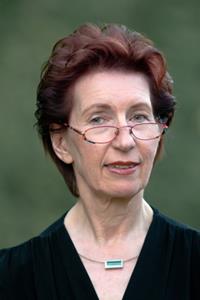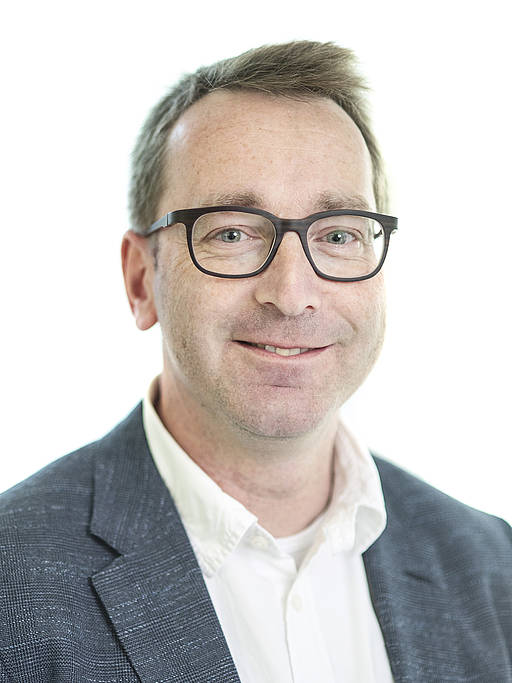Prof. Dr. Gabriele Kaiser, University of Hamburg & Nord University

Gabriele Kaiser is a full professor for mathematics education at the University of Hamburg. Her areas of research are empirical studies on teacher education and teachers’ professionalism, modelling and applications in school, international comparative studies, gender and cultural aspects in mathematics education. From October 2010 until October 2016 she held the position as a Vice Dean of the Faculty of Education, being responsible for research, promotion of young researchers and international cooperation. Since 2005 she serves as Editor-in-chief of ZDM – Mathematics Education, an SSCI-journal. She was Convenor of the 13th International Congress on Mathematics Education (ICME-13), which took place in July 2016 at the University of Hamburg. In July 2019 she was elected as president of the ICMI affiliated study group ‘The International Community of Teachers of Mathematical Modelling and Applications’ (ICTMA).
State-of-the-art on the teaching and learning of mathematical modelling
The promotion of mathematical modelling competencies, that is, competencies to solve real-world problems using mathematics, is accepted as a central goal of mathematics education worldwide, especially if mathematics education aims to promote responsible citizenship. In many national curricula, modelling competencies play a central role, supporting the relevance of mathematical modelling at a broad international level. Although there is wide consensus on the relevance of modelling in schools, there is considerably less consensus on how to integrate mathematical modelling into mathematical teaching-and- learning processes.
In the presentation, based on the description of a few selected modelling examples the results of empirical studies concerning the inclusion of mathematical modelling competencies in mathematics education will be presented at an international level. Furthermore, problems concerning the inclusion of mathematical modelling in mathematics education will be discussed, first of all from the perspective of mathematical modelling (e.g. cognitive modelling blockages, missing metacognitive knowledge); secondly institutional problems will be discussed (e.g. time pressure, curricular barriers).
Prof. Dr. Hans-Stefan Siller, University of Wuerzburg

Hans-Stefan Siller is a full professor for mathematics education at the University of Wuerzburg. His areas of research are Teaching Mathematics in realistic contexts, Enabling effective numeracy practice across the curriculum, The role of technology in mathematics education, Teaching and learning mathematical modelling, Interdisciplinary STEM teaching and learning and Teacher professional learning from a evidence-based as well subject-oriented perspective. Since 2018 he is also Dean of Studies at the Faculty of Mathematics and Computer Science. In 2022 is is organizer and chair of ICTMA20 (https://www.ictma20.de).
Professional Competence for Teaching Mathematical Modelling
Teaching mathematical modelling is a cognitively demanding activity for (prospective) teachers. Therefore, teacher education requires a detailed analysis of professional competence for teaching mathematical modelling. Measuring this competence requires theoretical models that accurately describe the demands on teachers, as well as appropriate assessment tools that adequately capture the skills and abilities in this area.
To this end, a test instrument that enables a detailed analysis of professional competences for teaching mathematical modelling was developed within the framework of university teacher training in a project – funded by the BMBF. The conceptualisation is based on the COACTIV model, which describes aspects, domains and facets of teachers' professional competences. During the workshop, an overview of the essential teaching competences in application-based contexts will be given and the goals and areas of application of the instrument will be presented. Furthermore, the implementation will be described and the quality and results of the structural equation analysis of the model will be reported.





